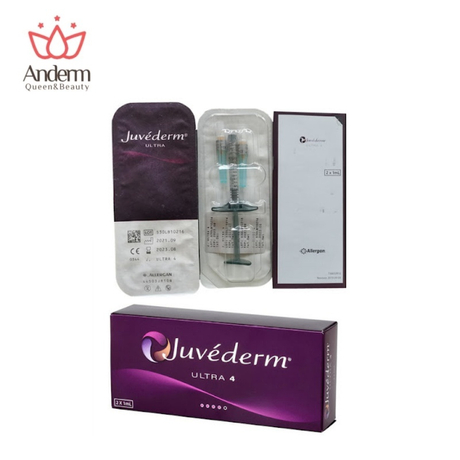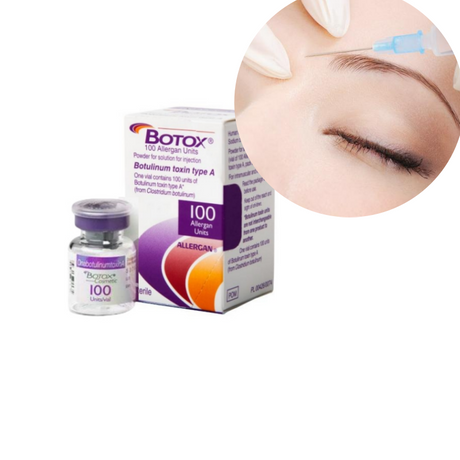
Hyaluronic acid dermal fillers have revolutionized the field of aesthetic medicine, offering a non-surgical solution for facial rejuvenation and contouring. Composed of a naturally occurring substance in the human body, these fillers provide a safe and effective method for reducing wrinkles, enhancing facial features, and restoring lost volume. Understanding the science behind hyaluronic acid dermal filler is essential for professionals and patients alike who are considering this treatment option.
The Science of Hyaluronic Acid
Hyaluronic acid (HA) is a glycosaminoglycan, a type of molecule composed of sugars, that is naturally present in connective tissues throughout the body. Its primary function is to retain water, providing hydration and volume to the skin. An average human body contains approximately 15 grams of hyaluronic acid, with a significant portion found in the skin. The unique ability of HA to bind up to 1,000 times its weight in water makes it an ideal candidate for dermal fillers.
Mechanism of Action
When injected into the skin, hyaluronic acid dermal fillers add volume and fullness to targeted areas. The HA molecules attract and bind water molecules, which enhances the plumpness and hydration of the skin. This process not only smooths out wrinkles and folds but also stimulates the body's natural production of collagen, further improving skin texture and elasticity over time. The biodegradability of HA ensures that the effects are temporary, allowing for adjustments in treatment as facial features change with age.
Applications in Aesthetic Medicine
Hyaluronic acid dermal fillers are versatile tools in cosmetic procedures. They are commonly used to:
Reduce fine lines and wrinkles, such as nasolabial folds and marionette lines.
Enhance lip volume and shape for fuller, more defined lips.
Restore volume to cheeks and mid-face areas that have hollowed with age.
Contour the jawline and chin for improved facial symmetry.
Improve the appearance of under-eye hollows and tear troughs.
The adaptability of HA fillers allows practitioners to customize treatments based on individual patient needs and aesthetic goals.
Types of Hyaluronic Acid Fillers
Several brands and formulations of hyaluronic acid dermal fillers are available, each designed for specific applications. The differences among these products lie in their concentration of HA, particle size, and cross-linking technology, which affect their viscosity and longevity. Popular brands include Juvederm, Restylane, and Belotero, each offering a range of products tailored for various facial areas and correction depths.
Cross-Linking and Longevity
The durability of hyaluronic acid dermal fillers is influenced by the degree of cross-linking of HA molecules. Cross-linking refers to the chemical bonding of HA chains, which increases the stability and resistance to degradation by the body's enzymes. Highly cross-linked fillers tend to last longer, often between 9 to 12 months or more, while less cross-linked fillers may last around 6 months. The choice of filler depends on the treatment area and desired duration of results.
Monophasic vs. Biphasic Fillers
Hyaluronic acid fillers are categorized as monophasic or biphasic based on their formulation:
Monophasic fillers: Have a homogeneous gel structure, providing smooth and even results, suitable for superficial wrinkles.
Biphasic fillers: Contain HA particles suspended in the gel, offering more structural support, ideal for deeper wrinkles and volume augmentation.
Understanding these differences helps practitioners select the appropriate product for each patient.
Procedure and Technique
The administration of hyaluronic acid dermal fillers is a minimally invasive procedure performed in a clinical setting. After assessing the patient's facial anatomy and aesthetic goals, the practitioner may apply a topical anesthetic to minimize discomfort. Using fine needles or cannulas, the filler is injected into specific layers of the skin. Techniques such as linear threading, serial puncture, or fanning are employed to ensure even distribution and natural-looking results.
Safety and Side Effects
Hyaluronic acid dermal fillers are generally considered safe due to their biocompatibility. Common side effects are mild and temporary, including redness, swelling, bruising, and tenderness at the injection site. Rare complications may include lumps or nodules, infection, or vascular occlusion if injected into a blood vessel. Employing a qualified and experienced practitioner minimizes these risks. In case of adverse events, hyaluronidase enzyme can be used to dissolve the filler.
Patient Selection and Consultation
Not all patients are ideal candidates for hyaluronic acid dermal fillers. Contraindications include severe allergies, bleeding disorders, and pregnancy. A thorough consultation assesses medical history, skin condition, and patient expectations. It is crucial to provide realistic outcomes and discuss potential risks and benefits. Personalized treatment plans enhance patient satisfaction and result in a higher success rate.
Advancements in Hyaluronic Acid Fillers
The field of dermal fillers is continually evolving. Recent advancements include the development of fillers with integrated lidocaine for pain reduction, Vycross technology for smoother consistency and longer-lasting effects, and fillers designed for specific facial areas like the under-eye. Research is also exploring bio-stimulating fillers that not only fill but also promote collagen production, enhancing skin quality over time.
Comparisons with Other Dermal Fillers
While hyaluronic acid dermal fillers are popular, other types of fillers are available, such as calcium hydroxylapatite, poly-L-lactic acid, and polymethylmethacrylate beads. Each has unique properties:
Calcium Hydroxylapatite: Provides structural support and stimulates collagen, used for deeper wrinkles.
Poly-L-lactic Acid: A bio-stimulator that gradually induces collagen production, ideal for facial volume loss.
Polymethylmethacrylate Beads: Offers permanent results but with higher risk, used for deep facial wrinkles.
Hyaluronic acid fillers remain a preferred choice due to their safety profile and reversibility.
Cost Considerations
The cost of hyaluronic acid dermal filler treatments varies based on factors such as the type of filler used, the amount required, practitioner expertise, and geographical location. On average, patients may spend between $500 to $1,500 per syringe. While price is a consideration, choosing a qualified professional and high-quality products is essential for safety and satisfaction.
Post-Treatment Care
Proper aftercare enhances the results and longevity of the treatment. Patients are advised to:
Avoid strenuous exercise and excessive heat for 24-48 hours.
Refrain from massaging or applying pressure to the treated area.
Use cold compresses to reduce swelling if necessary.
Stay hydrated and maintain a healthy skincare routine.
Follow-up appointments allow the practitioner to assess results and address any concerns.
Cultural and Psychological Impact
The rise in popularity of hyaluronic acid dermal fillers reflects changing attitudes toward cosmetic enhancements. They offer individuals a means to improve self-esteem and confidence without undergoing surgery. The accessibility and relatively low risk contribute to their widespread acceptance across different age groups and cultures.
Regulatory and Ethical Considerations
Regulatory bodies like the FDA oversee the approval and use of dermal fillers to ensure safety. Practitioners must adhere to ethical guidelines, obtaining informed consent and ensuring that patients have realistic expectations. Off-label use and unauthorized providers pose risks, highlighting the importance of regulatory compliance and professional integrity in the field.
Future Directions and Research
Ongoing research aims to enhance the efficacy and safety of hyaluronic acid dermal fillers. Innovations include the development of smart fillers that adapt to facial movements, longer-lasting formulations, and combination therapies that integrate fillers with other aesthetic treatments like laser resurfacing and PRP (platelet-rich plasma) therapy. Studies are also examining the role of genetics in filler longevity and patient response.
Environmental and Sustainability Considerations
As environmental consciousness grows, the cosmetic industry is exploring sustainable sourcing of hyaluronic acid, such as microbial fermentation over animal extraction. Biodegradable packaging and reducing the carbon footprint of manufacturing processes are also areas of focus, aligning the field with global sustainability goals.
Conclusion
Hyaluronic acid dermal fillers have become a cornerstone in non-surgical aesthetic medicine, offering safe, effective, and versatile solutions for facial rejuvenation. Their ability to hydrate, volumize, and stimulate collagen production addresses various signs of aging and enhances facial features. With ongoing advancements and a strong safety profile, hyaluronic acid dermal fillers will continue to play a significant role in cosmetic treatments. Patients considering this option should consult with qualified professionals to ensure optimal results tailored to their individual needs.
For more detailed information, you can explore additional resources on hyaluronic acid dermal filler and stay updated with the latest developments in the field.































